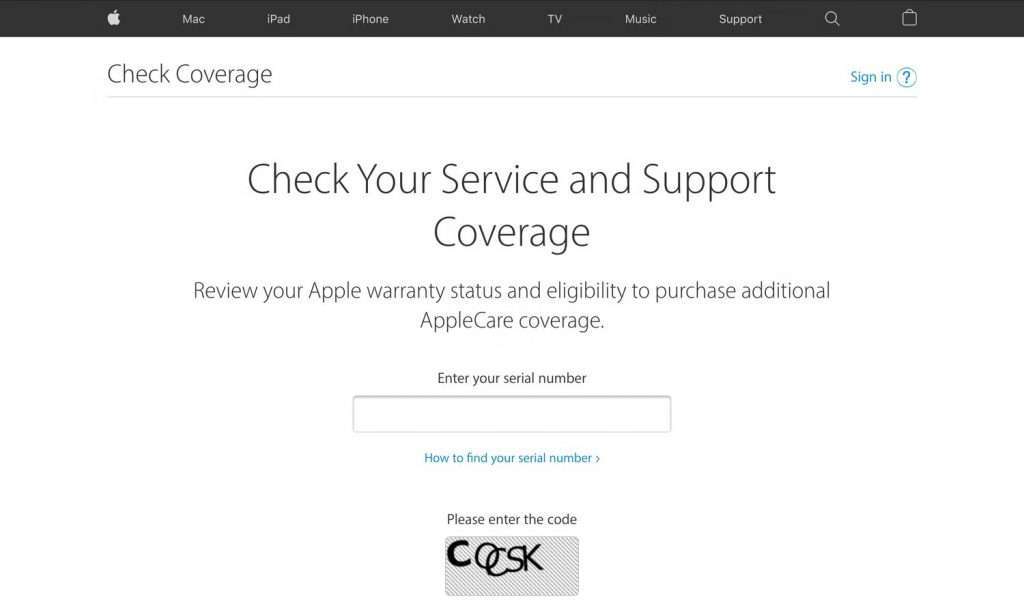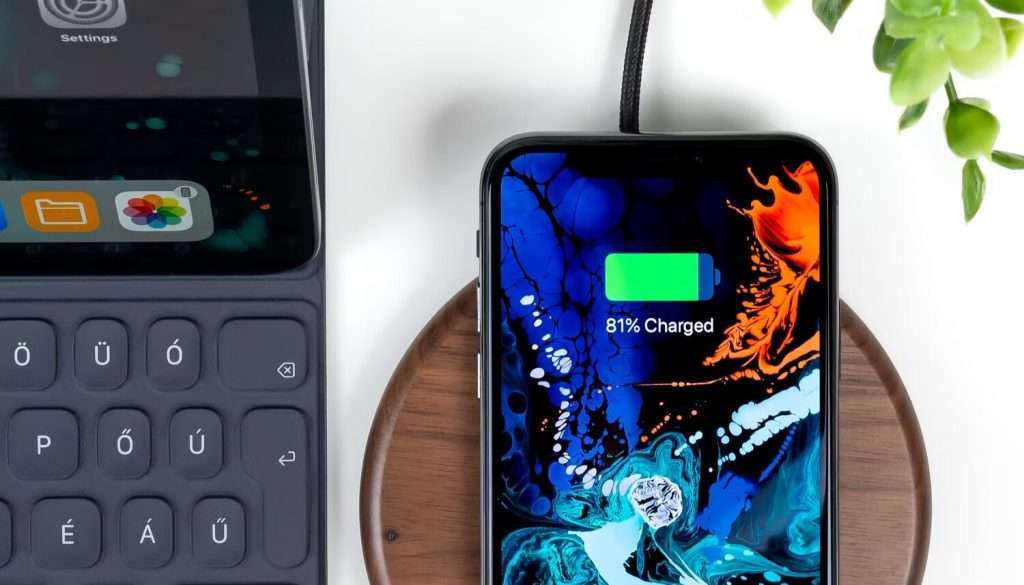Buying a second-hand iPhone online is risky. But you can reduce the risk by checking these things before paying.
QUINA BATERNA

When it comes to second-hand electronics, finding the right purchase isn’t as straightforward as just reading the descriptions. More often than not, electronics are expensive and require various checklists before purchase. Those lists double when buying a second-hand iPhone online.
It may seem like buying second-hand iPhones online is like playing a game of Russian roulette. However, it doesn’t have to be that way. There are several things that you can check with the seller before committing to a purchase.
Here’s a quick checklist to help you out.
1. Proof of Purchase
Ask the seller to provide a soft or hard copy of the original receipt. The receipt will be able to tell you two important things: the previous ownership and warranty status. Once you have the iPhone receipt, check if the seller’s name or ID matches the recipient and the purchase date.

This allows you to identify if the seller was the first owner and if the iPhone is still under warranty. If the seller can’t provide a receipt, decide whether you are okay with not being able to trace device ownership. While some phones can still be in good condition after several owners, the security risks and chances of misuse are definitely higher.
2. IMEI Number
To check if the device specs match the official receipt, ask the seller to go to Settings > General > About to find the IMEI (International Mobile Equipment Identity) number. Alternatively, ask them to dial *#06# and retrieve the unique IMEI number that way.
The iPhone will then display the IMEI number, which you can check against the proof of purchase the seller gave you. You should also use IMEI.info to check the mobile device network, country, warranty, system version, and other specs.
3. Serial Number
As well as the IMEI number, Apple issues serial numbers to all its devices for warranty validation. To check the iPhone serial number, ask the seller to go to Settings > General > About.
With the serial number, you can actually find out details such as when and where the iPhone was manufactured. You can also verify the device specs given by the vendor and check the service and support coverage on Apple’s website.

4. Part Authenticity
When checking for authenticity, ask the seller if there have been any previous repairs on the device and whether they were completed by an Apple-authorized service provider. Repairs in unauthorized centers can mean that the parts of the device may no longer be authentic.

Low-quality parts, such as the LCD, not only affect the visual experience of using the iPhone but also tend to affect battery life, speed, and backlights. While it is much easier to check this in person, as an online buyer, you can still ask the seller questions about this.
5. Touch Test
Next, determine if both the physical keys and screen are working. On a live video, ask the seller to press each physical button while paying attention to the iPhone response. Then ask the seller to demonstrate the basic iPhone hand gestures such as swipe, zoom, and tap.
Many older iPhones tend to have problems with their Home or Touch ID buttons. So, if you’re buying a phone with a physical button, don’t forget to ask the seller to demo these buttons while paying attention to the responsiveness of the device.
6. Camera Test
Aside from the absence of cracks on the iPhone’s camera, it’s important to also check if it works up to standard. In some instances, third-party repair centers have been known to swap out authentic iPhone camera parts with unauthorized ones.
When testing the second-hand iPhone camera, ask the seller to take photos with the device and show you the photo right afterward. Next, make sure to ask them to take photos using the front and back camera. Then, check if the image looks clear to make sure that the iPhone camera is still working.
7. Speaker Test
Faulty speakers are some of the most common indicators of a water-damaged iPhone. This damage is often not obvious because it is often inside the device, which makes this one of the most important things to check before buying a second-hand iPhone.
To check the speaker health, have the online seller put the iPhone on max volume. Then, send a quick outbound call or text to hear if the sound is free of static. Alternatively, you may also ask them to play music and adjust the volume throughout the test.
To hear if the vibrate function works, you can also ask the seller to put the iPhone on vibrate. Next, ask them to place it on a hard surface like a wooden or steel table. Then, listen to hear if the device is vibrating.
8. Microphone Test
If you were wondering what else you need to check when buying a used iPhone, its microphone should definitely be on the list. After all, the microphone is a critical feature used for taking calls.
Similar to the speakers, there is no way to know if a microphone is broken by appearance alone. For this reason, you have to ask the seller to demonstrate its use.
To accomplish this, you can ask them to record a specific phrase using its microphone and play it back to you. Or, you can call the iPhone and listen to the quality of the sound.
9. Port Checks
With various open ports, iPhones are prone to water and dust damage, especially earlier models. Ask the seller to test the ports by charging with a chord or, if applicable, plugging in speakers through the headphone jack.

10. Battery Test
Among electronic devices, batteries are often some of the most commonly damaged parts. Poor battery life can be the result of both normal usage or bad charging practices. To check the iPhone battery status, ask the second-hand iPhone seller to open Settings > Battery > Battery Health.
It’s important to understand that all rechargeable batteries have a limited lifespan. When it comes to buying second-hand, it is best to manage your expectations on battery life. According to Apple, iPhone batteries should retain up to 80% of their capacity after 500 complete charge cycles.


Any battery health less than 80% will cause iPhones to have decreased performance and may need immediate replacement. If the iPhone is still under warranty, defective batteries are replaceable for free. Alternatively, Apple offers a paid battery repair service for out-of-warranty iPhones.
Risks When Buying Second-Hand iPhones
iPhone metadata, such as the IMEI number, doesn’t change with ownership. With this, if any fraudulent or unlawful activities were done on the device by previous owners, you may be contacted by authorities to prove your innocence.
Additionally, it’s becoming increasingly common to find very authentic-looking fake electronic devices. One of the reasons why many second-hand electronics are so cheap is that some of their parts may no longer be original. While these “iPhones” may initially run well, they won’t be able to run optimally for their intended lifespan.
While some physical damage like a broken screen can be assessed fairly quickly, other damage isn’t always apparent. You should also take the time to read seller reviews and click through the reviewer profiles to check that they are legitimate. Bad parts will stop your iPhone running smoothly.
Alternatives to Buying Second-Hand iPhones Online
If you’re hoping to score a cheap deal on a second-hand iPhone, you’ll need to be extra careful before paying the seller. While Apple products can last for years, the reality is that many iPhone owners don’t treat their devices with caution or care.
When given the opportunity, you should opt to purchase second-hand devices that you have seen and tested in person. Not only will this reduce the likelihood of a bait and switch, but it can also help mitigate possible shipping damages.
Rather than second-hand iPhones, you also can opt to purchase refurbished iPhones directly from Apple at reduced prices. Not only will your new device have an Apple warranty, but you will know it has been thoroughly tested before it reaches you.




